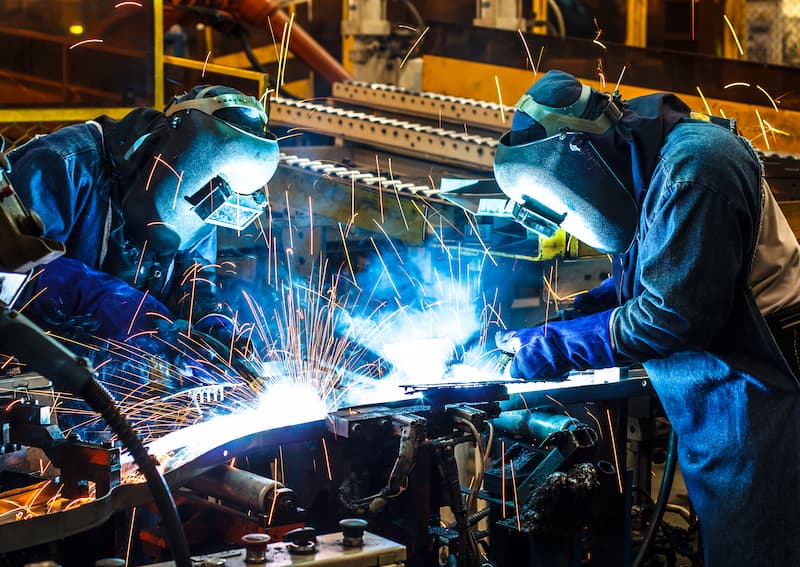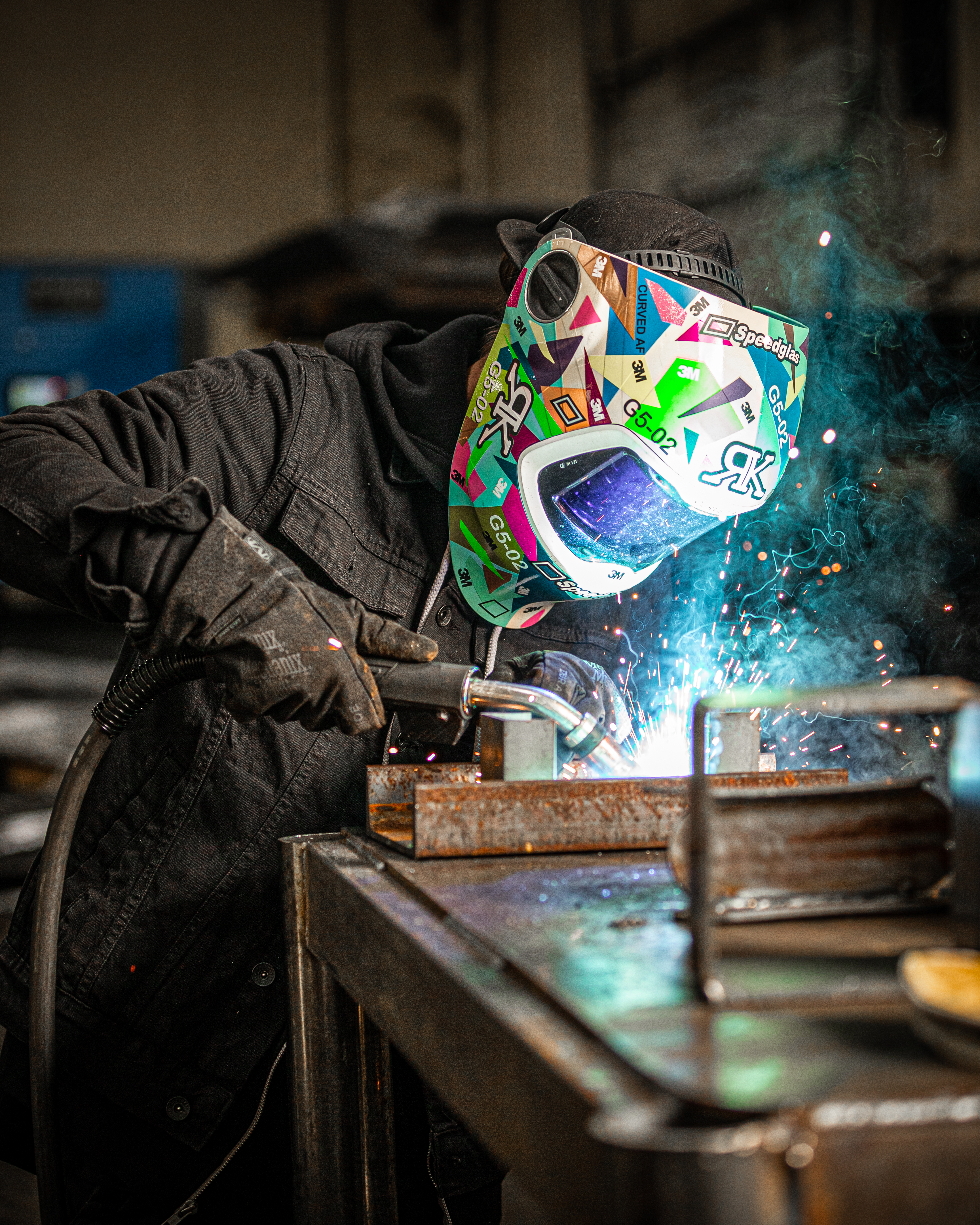The Ultimate Overview to Welding WPS Procedures: A Detailed Overview for Welders
In the intricate world of welding, Welding Procedure Specs (WPS) serve as the foundation of making sure top quality, consistency, and safety in welding procedures (welding WPS). As we delve right into the numerous components of a WPS and check out the ins and outs of credentials and qualification, we will uncover the crucial duty these treatments play in the world of welding.
Importance of WPS Procedures
Understanding the relevance of Welding Procedure Specs (WPS) treatments is vital for ensuring the quality and integrity of bonded structures. WPS treatments work as a roadmap for welders, laying out the required steps, specifications, and products called for to achieve an audio weld. By sticking to WPS standards, welders can make certain uniformity in their work, bring about structurally sound and reliable welds.
One of the primary reasons why WPS treatments are important is their role in preserving weld quality and integrity. Adhering to the defined welding criteria and techniques outlined in the WPS aids protect against issues such as porosity, breaking, or incomplete fusion, which can jeopardize the stamina and durability of the weld.

Components of a WPS
A Welding Treatment Specification (WPS) typically comprises crucial elements that information the certain requirements for executing a weld, guaranteeing consistency and top quality in the welding process. The essential components of a WPS consist of vital variables such as base metals, filler metals, preheat and interpass temperature levels, welding processes, shielding gases, welding placements, and post-weld warm therapy demands.
Base metals refer to the materials being signed up with, while filler metals are used to fill the space in between the base metals during welding. Preheat and interpass temperature levels are vital for controlling the warmth input and protecting against problems like cracking or distortion. The welding procedure outlines the certain method to be utilized, whether it's gas steel arc welding (GMAW), protected steel arc welding (SMAW), or an additional approach. Shielding gases shield the weld pool from climatic contamination. Welding positions define the alignments in which welding can be executed. Post-weld heat treatment might be needed to alleviate anxieties and improve the weld's residential or commercial properties. A comprehensive understanding of these components is vital for developing a effective and detailed WPS.

Certification and Qualification
Having developed the essential components of a Welding Procedure Spec (WPS), the focus currently shifts in the direction of the important aspects of credentials and certification in welding practices.

Certification, on the other hand, is the formal recognition of a welder's credentials by a relevant certification body or organization. Welding qualifications are normally based upon the specific welding processes, products, and positions a welder is qualified to work with. Holding a valid welding qualification demonstrates that a welder fulfills market criteria and is experienced to carry out welding tasks to the required specifications.
Creating a WPS
To develop a Welding Treatment Spec (WPS) that satisfies industry requirements, site careful consideration of welding procedures, materials, and operational criteria is important (welding WPS). The very first step in creating a WPS is to determine the welding procedure to be made use of, such as gas steel arc welding (GMAW) or shielded steel arc welding (SMAW) Once the welding procedure is determined, the next critical element is selecting the proper products, considering variables like base steel kind, thickness, and joint layout. Functional criteria such as welding existing, voltage, traveling speed, and shielding gas structure have to likewise be thoroughly specified in the WPS.

Implementing and Keeping An Eye On WPS
Upon finalizing the extensive Welding Treatment Specification (WPS) that diligently details welding procedures, materials, functional specifications, and quality control measures, the focus shifts to efficiently carrying out and keeping an eye on the well-known treatments. Application involves making certain that all welders associated with the task are acquainted with the WPS and follow it carefully throughout the welding process. This calls for supplying ample training and guidance to guarantee adherence to the defined treatments. Keeping an eye on the WPS includes continual oversight to confirm that welding activities straighten with the documented specifications. Evaluations, screening, and quality assurance actions are essential components of the tracking process to recognize any type of concerns or discrepancies without delay. Routine audits and evaluations of the welding treatments help in maintaining consistency and top quality throughout the job. Efficient implementation and tracking of the WPS are important for guaranteeing the honesty, strength, and security of the view it now bonded joints, ultimately adding to the general success of the welding project.
Conclusion
In final thought, understanding and adhering to Welding Treatment Specs (WPS) is critical for welders to ensure high quality, uniformity, and safety in their job. By knowing the components of a WPS, acquiring appropriate certifications and qualifications, creating comprehensive treatments, and carrying out and monitoring them effectively, welders can boost their skills and effectiveness in welding techniques. Sticking to WPS treatments is vital for generating top notch welds and conference industry standards.
In the detailed world of welding, Welding Procedure Specs (WPS) offer as the my company foundation of ensuring high quality, uniformity, and security in welding procedures. The welding process details the details technique to be used, whether it's gas steel arc welding (GMAW), shielded steel arc welding (SMAW), or an additional technique.To develop a Welding Treatment Requirements (WPS) that meets industry criteria, cautious factor to consider of welding procedures, products, and operational parameters is essential. The very first step in creating a WPS is to identify the welding procedure to be used, such as gas metal arc welding (GMAW) or shielded metal arc welding (SMAW)Upon finalizing the comprehensive Welding Treatment Specification (WPS) that meticulously information welding procedures, materials, functional parameters, and high quality assurance steps, the focus moves to properly implementing and monitoring the well-known treatments.